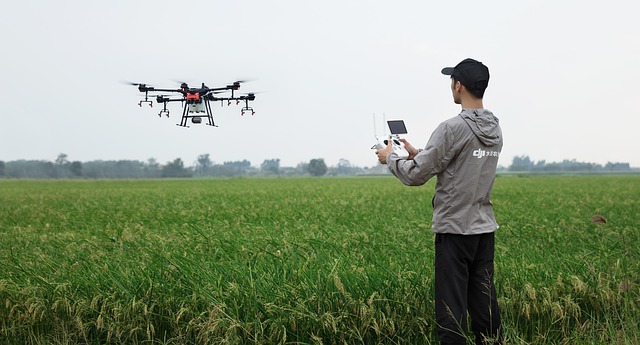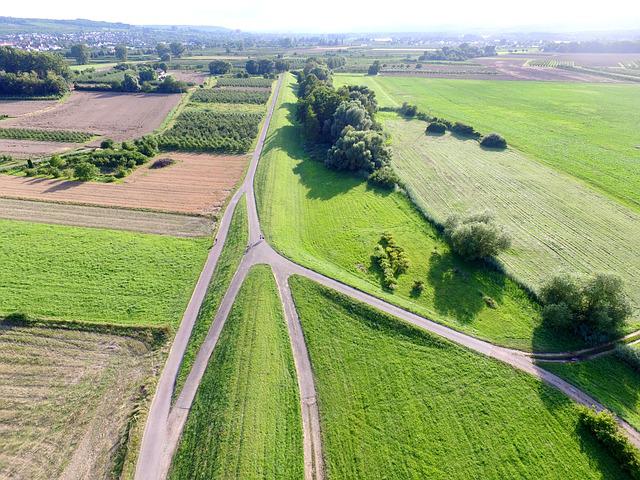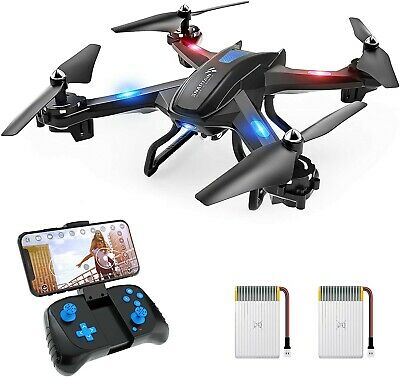
DJI controllers work with all types of cameras. The DJI controller that works best for you will work no matter where you are, whether it is in the desert, frozen tundras or at 104oF. This article will discuss the differences among DJI controllers and help to choose the right DJI controller for you. Consider these features when looking at a DJI control.
These are the features
DJI controllers provide many benefits. The controllers combine a controller, phone, or camera into one unit. You can use the screen to capture, edit and live-stream footage, regardless of whether you are filming a wedding or wildlife shoot. Many cameras have social apps and games. The camera screen can be used to chat with your audience.
Battery life
It takes just 2 to 3 hours to charge DJI controllers. The battery life varies by model, but the lithium iron phosphate batteries are known to last up to 20 hours on good sunlight. It is difficult to gauge the battery's power accurately with a 20% accuracy because the battery voltage is not linear. You should always fully charge your battery before flying to avoid any potential damage. After charging, remove the controllers (and charger) from the charger.

Interchangeability
DJI developed two different systems to control its drones: Ocusync, and Lightbridge. Both systems have different processing abilities. The former is a hardware-based solution and the latter is software-based. While the Lightbridge system worked with the Mavic Pro, it's not compatible with the Smart Controller.
Malicious code
Synacktiv cybersecurity researchers discovered a security vulnerability in DJI GO 4 Android, which powers one world's most loved consumer drones. The flaw is potentially dangerous for the privacy of hundreds of thousands of customers as it could allow the Beijing government to access sensitive personal information. The company has stated that it took action and is working to resolve the problem. The DJI GO 4 app contains several anti-analysis techniques that have been shown to be prone to this vulnerability.
Price
Although the DJI controller is expensive, it is essential for the operation of drones. Due to the trade war between China & the U.S., this product's cost has risen dramatically. In the past, the DJI controller was priced at $649 but now is up to $749. There are several ways to save money when buying the DJI controller. Below are some tips on how to find the best price for the DJI controller.

FAQ
What is the maximum height you can fly a drone with no license?
The FAA has no limit on how high you can fly a drone. They do require that you register your unmanned airplane system (UAS), which includes registration number, model number, weight, size and manufacturer's names, as well as other information.
What is the law about drones flying on private property?
Recently, the FAA issued new rules regarding commercial drone flight. These rules apply only to UAVs weighing less than 55 pounds and flying below 400 feet above ground level. Commercial operators must register with the FAA and obtain a license from the agency. They also need permission from local authorities when operating near airports or other restricted areas.
Can I fly my drone at my local park?
Yes, drones can be flown in parks around the world. However, there are some countries that prohibit drone flying in parks. Our list contains places where drones are legal to fly for enjoyment.
What kind of batteries does a drone use?
Lithium-ion batteries are the most common type of battery for drones. A typical drone runs on between 3 and 6-volts.
Do drones fall under the control of the FAA?
The FAA oversees all aspects regarding drone operations, including safety standards and certification requirements.
How can I keep drones off my property?
Drones are becoming increasingly popular for home surveillance, but they also threaten privacy and security. To avoid drone attacks, install motion sensors around the property. They will detect any unapproved flying objects.
What US states have drones made legal?
You can legally operate a drone for hobby purposes. Federal Aviation Administration (FAA), has issued guidelines that allow you to use small unmanned aircraft systems (UASs). Before UASs can be flown, they must be registered with FAA. Commercial operators can also fly these devices provided certain conditions are met by the FAA.
Statistics
- According to the multiple listing service (MLS), houses and apartments with drone photographs are up to 68 percent more likely to sell than those without pictures. (thedroneu.com)
- According to Indeed, a drone pilot gets paid $25.73 per hour on average in the US. (dronesgator.com)
- Research and Markets predict a growth rate of 51.1% over the next five years. (thedroneu.com)
External Links
How To
How To Fly Drones For Beginners
A drone can be used to fly remotely controlled aircraft for photography, surveillance, scientific research, hobby and commercial purposes. Drone technology has been around since World War II. DJI introduced their Phantom series of quadcopters in 2010, but commercial use only began in 2010. There have been many drones made since then. These range from beginner-friendly drones like Parrot AR Drone 2.0 to more advanced multi-rotor craft like DJI Mavic Pro.
There are several ways to fly a drone, including;
-
Remote control: This uses a remote control device that attaches to your hand and allows you control the drone along its flight path. There are two main types, On/Off switches (like radios) and joysticks.
-
Manual Control - Using a smartphone app, this method allows users to remotely operate the drone via GPS coordinates. The app will provide instructions and help you to locate the drone.
-
Autonomous Flight – This is when the drone handles all the piloting tasks. It is basically flying autonomously and without human intervention. It must have a builtin camera, sensors capable of taking images and data to enable autonomous flight.
-
Triggered Flight: This is similar in concept to manual control. The pilot manually creates a route and the drone then follows it until it reaches that endpoint. After the program is complete, the drone automatically returns to the ground.
-
Landing Gear – A few drones come with landing gear. This allows them land safely in the event of losing power or running out of battery.
-
Goggles: Some pilots use goggles in order to protect themselves against debris when operating.
-
Camera - You can capture photos and videos with your drone from the air.
-
Obstacles – Some drones have obstacle avoidance systems that stop them from colliding with obstacles.
-
Speed - Some drones can reach speeds of over 40 mph.
-
Battery Life - Most drones can last between 20 minutes to 3 hours, depending on how much power you're using.
-
Some drones have a range of up to 30 miles, depending on their model.
-
Power source - Some drones require an external power source; others work off internal batteries.
-
Weight - Some drones are lighter than others, while some models can weigh as much as 4 pounds.
-
Size - Drones can range in size from tiny devices that can fit in your palm to heavy crafts that weigh 50 pounds.
-
Price - From high-end models that cost thousands of dollars to low-cost options that start at $100, all drones fall under a certain price category.